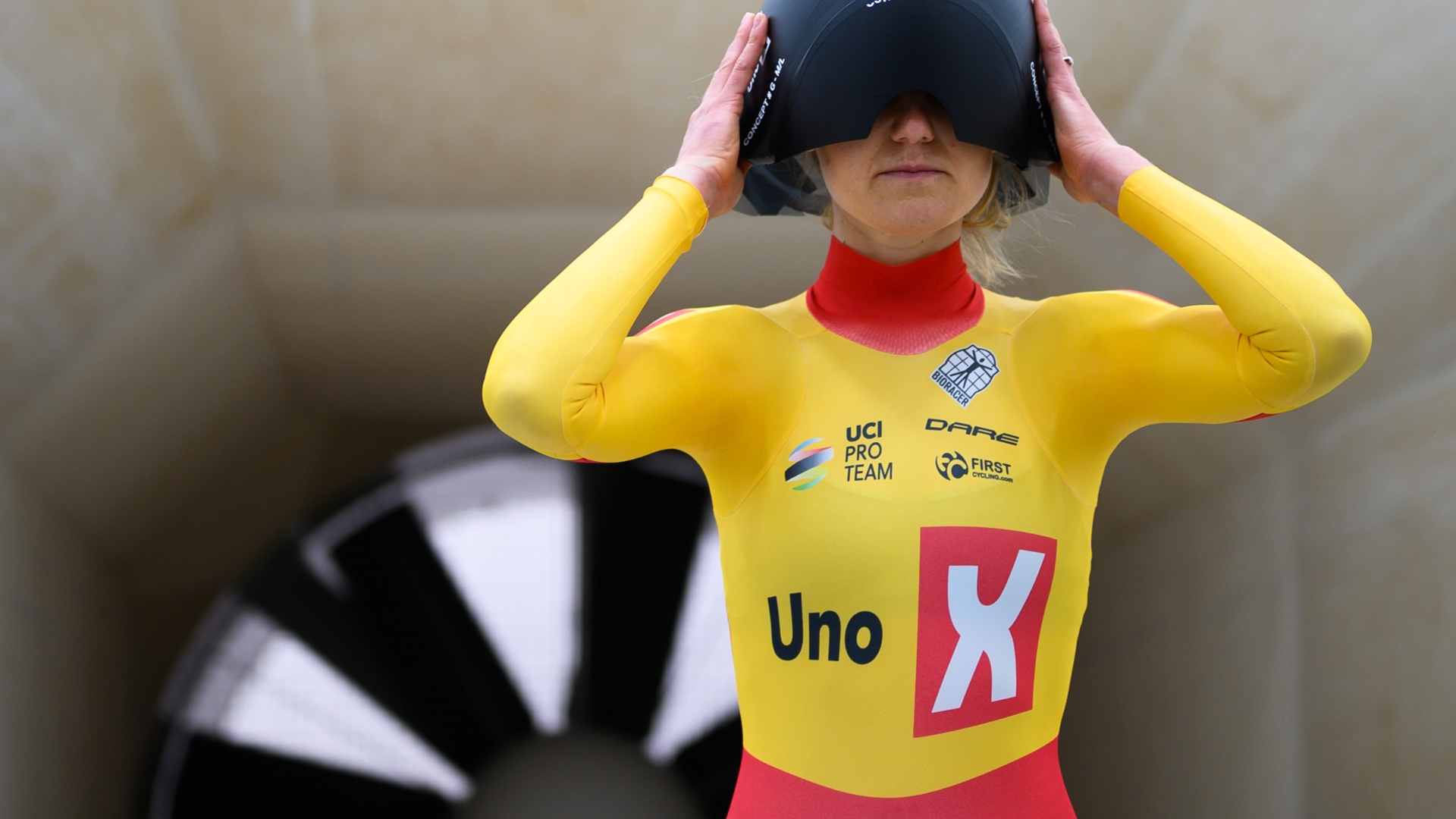
Professional road racing is a conservative place, steeped in tradition and history. Much of the sport’s institutional knowledge is held by former racers and career soigneurs and mechanics who operate under a “this is how we’ve always done it” mentality. Other cycling disciplines were quicker to embrace changes like aerodynamic optimisation, progressive bike fits and wider tyres, but these changes have been slow to catch on in the pro peloton. Will 2025 be the year that these innovations begin to snowball?
For example, after remaining relatively static for decades, pro bike fits have finally begun changing in the last few seasons. Saddles are moving forward, crank arms are shorter, and handlebar positions are narrower and longer. In short, road racing positions are increasingly looking like time trial positions. And, shocker: riders are faster in these positions. While they may seem groundbreaking, the exact same modifications have been integrated into track racing for some time now—at least the last two Olympic cycles.
Another discipline that has shown itself to reward early adopters is professional gravel racing. These riders have embraced wider tyres and system-optimised aerodynamics, among other innovations. With that said, both track racing and gravel operate under different UCI rules than road racing, which allows for more experimentation. Despite this, it’s not hard to extrapolate from the trends seen in these disciplines to discern what future innovations might be coming to road racing. Some of these are predictions, and some are already happening, but are likely to become more commonplace.
1. Embracing textures
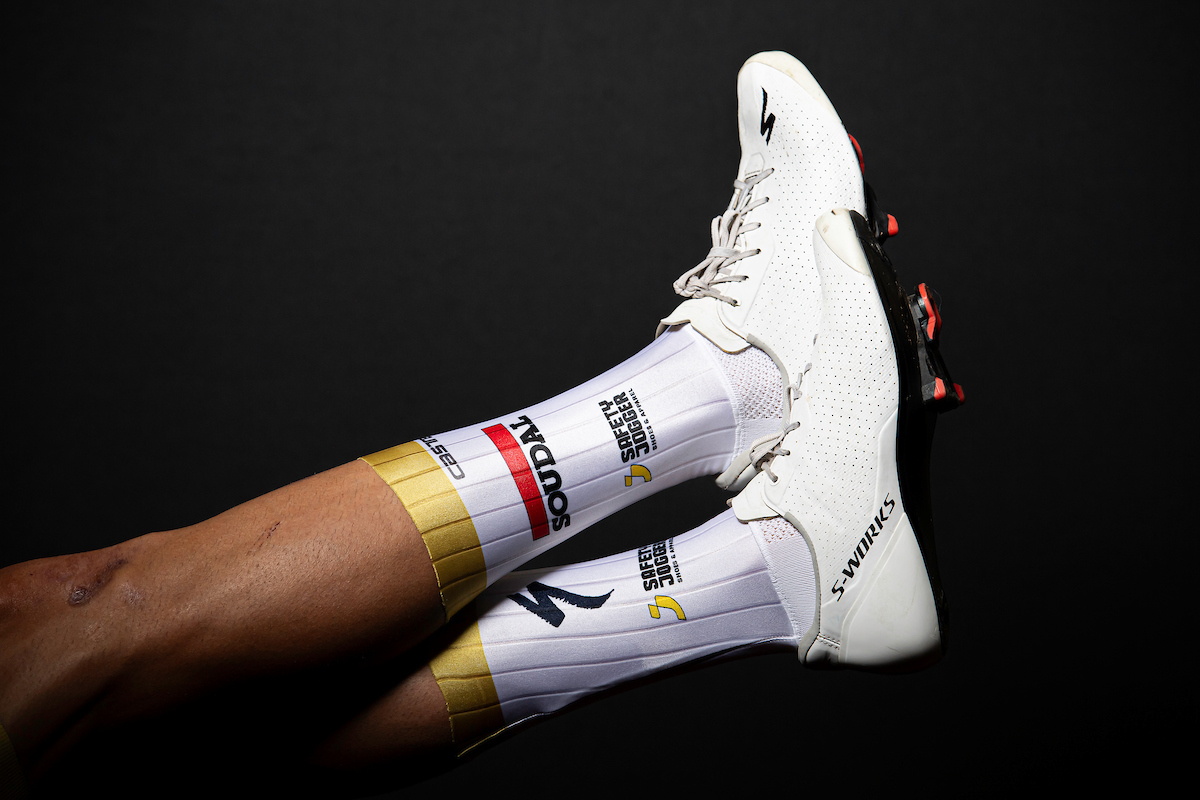
Some of the most significant aero advancements in recent years have occurred through the implementation of surface treatments, whether on skinsuits with integrated boundary layer trips, or similar effects generated via textured base layers. Aero socks and shoe covers have been around for a while now, but were originally only employed in time trials. Now, they’re worn in every race.
We’re about to see a lot more of this, in the form of textured shorts, gloves, arm warmers, tyre sidewalls, bike frames (where allowable) and more. Rim and tyre combos, like Continental and Swiss Side’s collaboration, have begun scratching the surface, so to speak, over the last 12 months, but I expect these to develop further. Pinarello’s Bolide F TT bike has a fully textured seat tube and seatpost (similar to what was developed for Filippo Ganna’s Hour Record bike). Frankly, it’s only a matter of time before we see the introduction of specialty aero bar tape.
2. The proliferation of aero/time trial helmets in road racing
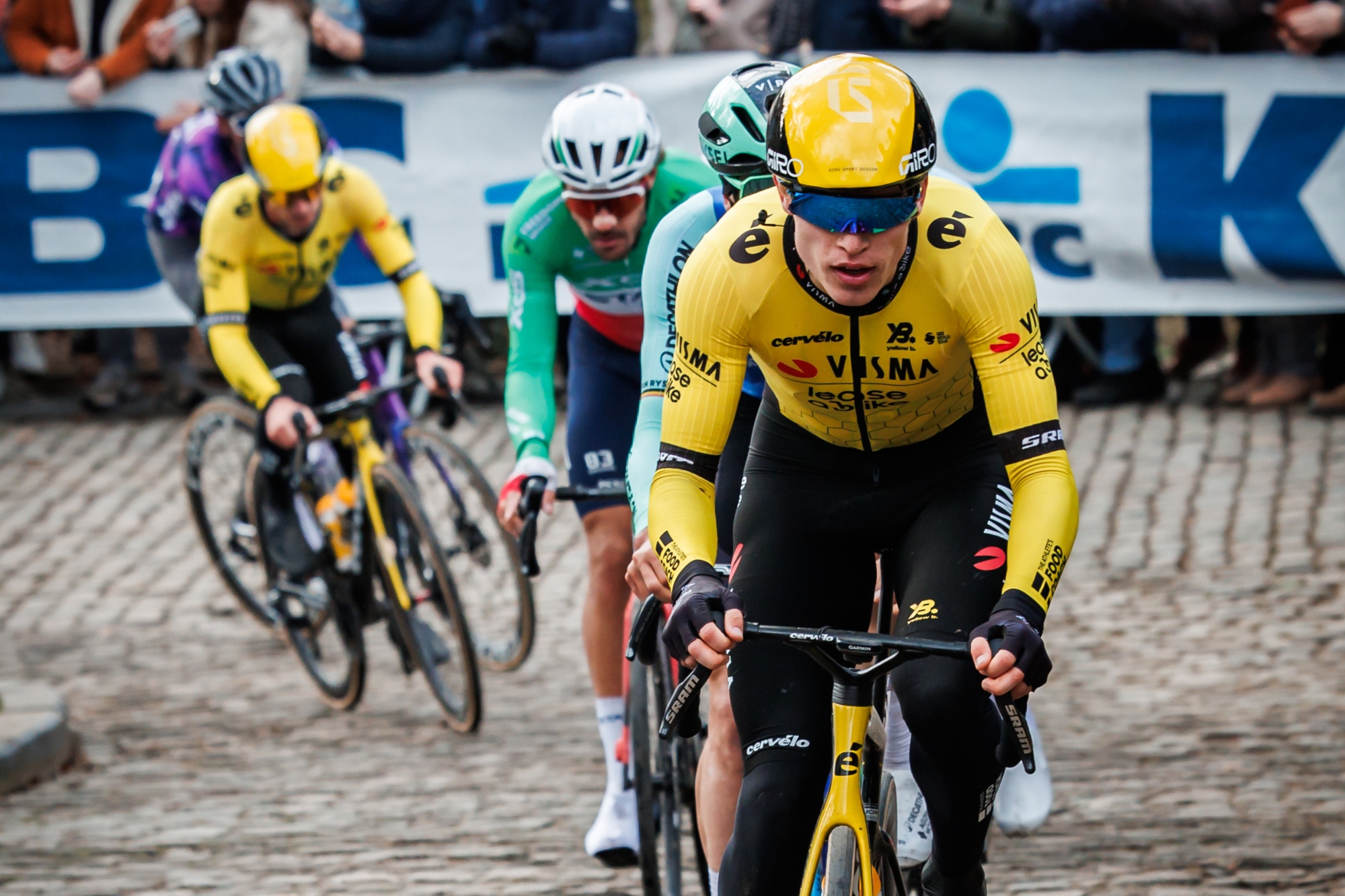
Team Visma–Lease-a-Bike tipped its hand already at Omloop Het Nieuwsblad, but I expect aero or time trial helmets to become the norm in mass start racing, except perhaps when conditions are too hot for it to make sense. Alexander Kristoff of Uno-X has been racing in a TT helmet since 2023, so this isn’t new, but it’s finally catching on. It’s been widely used in mass start track racing for much longer, however, where time trial helmets are, quite literally, old hat.
Time trial helmets are notoriously rider-specific, so what’s fast for one person won’t necessarily be fast for everyone. Teams appear to be investing in testing and will run whatever’s fastest (at least of their helmet sponsor’s offerings) when they pull out all the stops for big races. At the moment, most of the helmets in this category are not very well ventilated, so they don’t make sense to use in warm conditions. We may see more in the way of ventilated and cooled TT helmets later this summer.
3. Separate jerseys and shorts will be relegated to training sessions
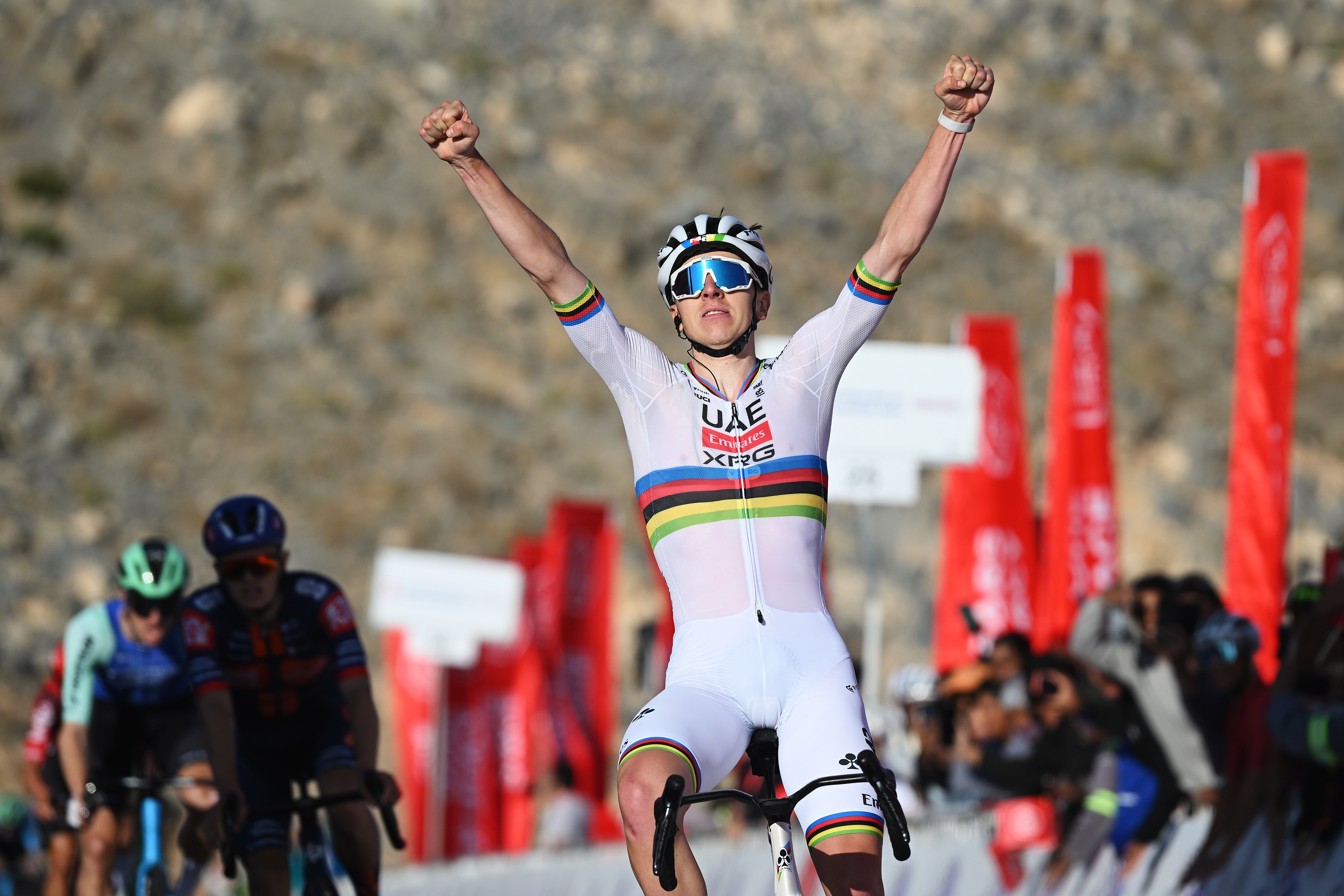
Skinsuits are already common for those chasing a result on sprint stages or important GC days in a Grand Tour. Soon, they will be the default for all race days, for all riders. The percentage point or two gained in slipperiness is now necessary just to keep up. Not only that, but skinsuit designs will increasingly become optimised for specific conditions, like climbing suits made to breathe while still going fast (and stay warm) on descents. Or designs made for cold days with expected cross-winds and high yaw-angles as seen during the Spring Classics season.
Further, these suits will be specifically tailored to each rider, and teams with the means to do so can gain an advantage by investing in their clothing based on the course at hand. Skinsuits are relatively low-hanging fruit aero-wise, and the only reason this hasn’t already happened is that testing and making individual skinsuits for each rider is expensive.
This means that separate bibs and jerseys, traditionally worn by pro racers, will be fully relegated to training days.
4. Cockpit customisation will proliferate
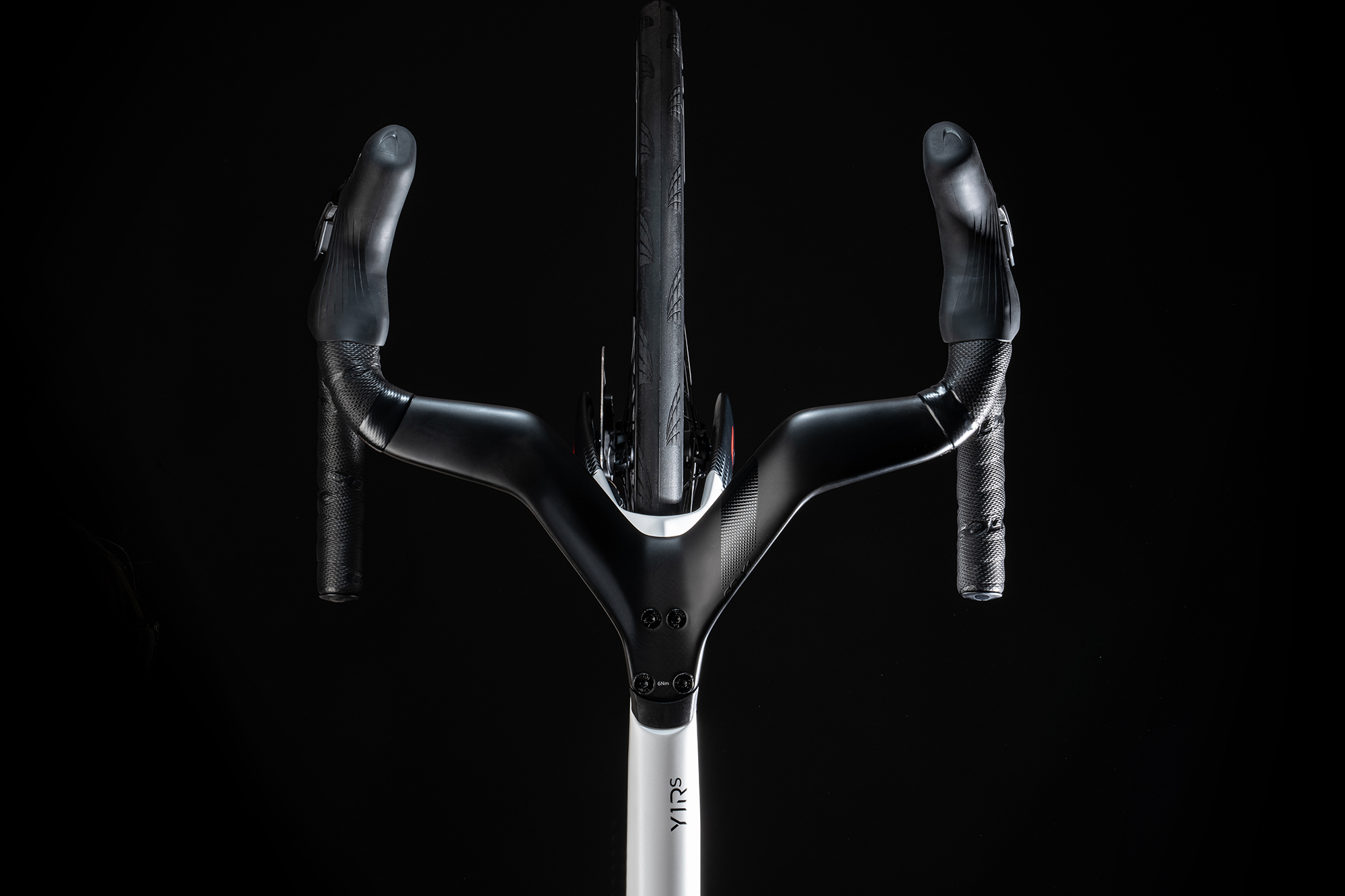
Pro cyclists are not like us. Their needs are different, and the equipment they use should reflect that. Integrated cockpits are now the standard on road racing bikes (and increasingly gravel and XC bikes), but the dimensions are limiting. Need 36 mm handlebars and a 125 mm stem? Good luck. Enter 3D printed cockpits, designed specifically for each rider. This technology has been around for years (Chris Froome reportedly raced with titanium bars masquerading as carbon), but has yet to be harnessed with the latest and greatest in aerodynamic innovation.
There are Olympic track racers on custom 3D printed titanium handlebars, but no road racers, at least to my knowledge. The UCI has its grubby hands all over rider bar regulations, but there’s wiggle room here. As we’ve seen with TT setups over the last few seasons, well-designed TT bars can make a significant difference in how a rider performs in races. I expect road race cockpits to continue to get personalised, at least for team leaders.
5. The professional gravel scene is going to get all these innovations, and more

Road cycling has been borrowing from gravel innovations, where the lack of regulation has created opportunities for enterprising riders to push the boundaries with bike setup at races. But smart gravel racers are also looking at road pros and recognising the importance of things like high carb fueling and sophisticated cooling strategies, in addition to aerodynamic updates.
As gravel gets bigger, with more money and larger teams, we’re going to see these road innovations get pushed even further. TTT-style collective team racing? Built-in fairings? Crazy tyre and rim combos? All of this can happen. Right now, pro gravel racers are essentially trying to achieve TT or track pursuit-style bike fits on gravel bikes that can accept 2.4 XC tyres. Last year at Unbound, Lachlan Morton won the race in an aero helmet with a skinsuit that had an integrated hydration bladder. What’s going to happen this year? The sky’s the limit
Conclusion
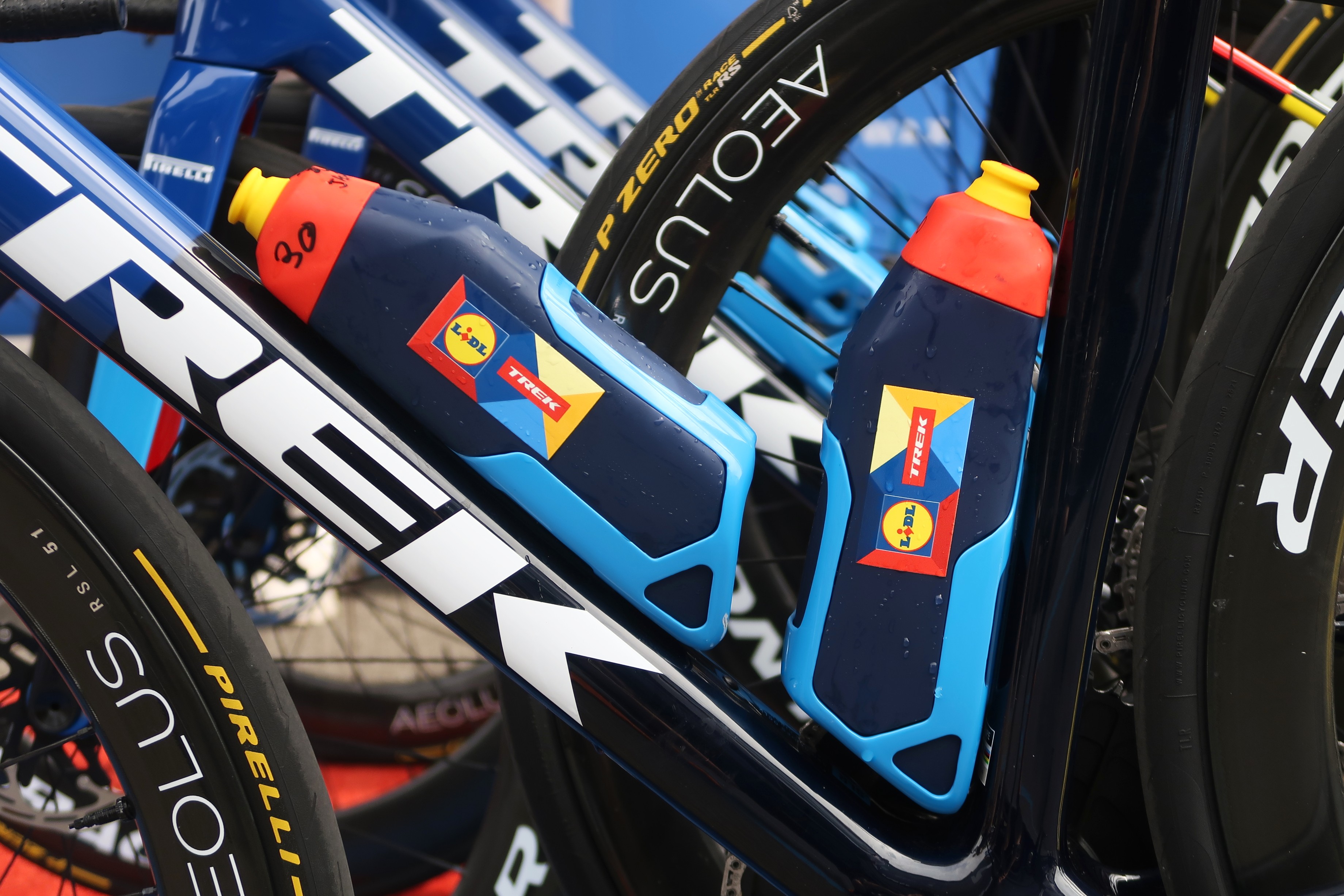
Part of why pro cycling is slow to change is aesthetics. Objectively faster equipment choices have been scrapped because they look “silly” or offend the nostalgia-tinged sentiment of someone pining for level top tubes and hairnet helmets. Most often, criticism leveled at new aero innovations occurs because it doesn’t fit with someone’s preconceived notion of what a pro cyclist should wear or look like. Savvy teams are eliminating these biases, and gaining an advantage as a result.
It’s also interesting to note that while aerodynamic gains are better understood and accepted, pure aero performance does not supersede usability. Two example of this are, A) the broad avoidance of super deep-section wheels, which are rarely used these days due to a better understanding of the yaw-angles racers face, and B) aero bottles, which test well in a wind tunnel but are logistically cumbersome for a team to implement in a race with multiple cars, feed-zones, hand-ups, etc. Thus, aerodynamic optimisation clearly matters, but functionality matters more.
Who knows what’s lurking in the minds of the windtunnel junkies whispering their secrets to WorldTour bosses? Will we see these little incremental speed hacks continue encroaching until they fade into the background, or will they all be superseded by yet another monumental shift that changes the sport in some new and interesting way? The crystal ball is fickle.







